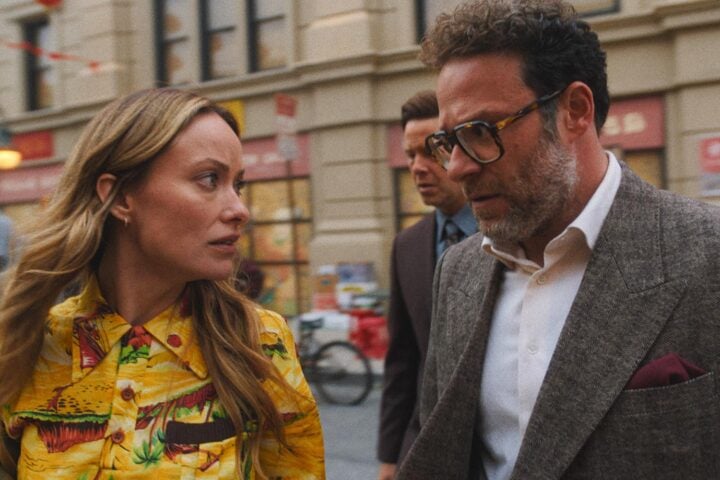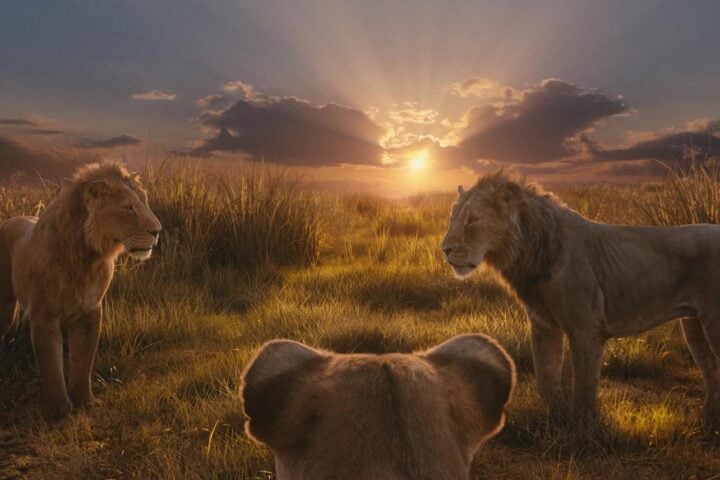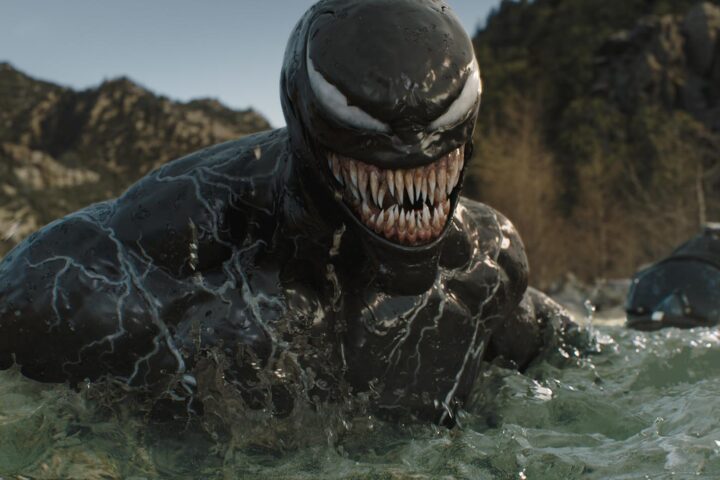It’s somewhat paradoxical to critique Disney’s recent series of “live-action” remakes for precisely repeating the narratives, emotional cues, shot sequences, and soundscapes of their earlier animated versions. More than young children, who might well be content watching the story in vibrant 2D, it’s the parents who are the target audience of this new take on The Lion King, which aims to light up adults’ nostalgia neurons.
In this sense, Jon Favreau’s film achieves its goals, running through a text beloved by an entire generation almost line for line, and shot for shot—with some scenes extended to reach the two hours seemingly required of Hollywood tentpoles. Throughout, though, one gets the impression that there’s something very cheap at the core of this overtly, ostentatiously expensive film, reliant as it is on our memory of the original to accentuate every significant moment.
The new film differs from its source in simulating a realistic African savannah and wildlife through digital animation and compositing, but it doesn’t provide anything resembling a genuinely new idea, visually or dramatically. Favreau meticulously recreates the framing and montage of 1994’s The Lion King as he runs through the unaltered storyline. The young lion prince Simba (voiced as a cub by JD McCrary and as a grown lion by Donald Glover) witnesses his father Mufasa’s (James Earl Jones) seemingly accidental death by stampede. Unknown to Simba, his uncle, Scar (Chiwetel Ejiofor), murdered his own brother, but the jealous would-be heir manipulates the rambunctious young lion into accepting the blame for his father’s death. In self-exile, Simba represses his guilt by adopting the carefree philosophy of meercat Timon (Billy Eichner) and warthog Pumbaa (Seth Rogen), until his long-lost betrothed, Nala (Beyoncé Knowles-Carter), happens across him and convinces him to return to reclaim his throne.
The film’s world, as conceived by Favreau’s camera and an army of CG animators, is far less expressive than the one Disney’s original artists created in 1994. Tied to the idea of recompositing a reality, the filmmakers take less license in making the elephant graveyard where malicious hyenas Shenzi (Florence Kasumba), Azizi (Eric André), and Kamari (Keegan-Michael Key) live a fantastical, nightmarish terrain, and they constrain the choreography of the animals during Simba’s performance of “I Just Can’t Wait to Be King” to the bounds of actual animal physiology. Such musical sequences suffer under the regime of realism: Scar’s villainous exposition song, “Be Prepared,” appears in a truncated version spoken more than sung by Ejiofor, effectively robbing the original song of its devious exuberance.
The characters’ faces are also less pliable, less anthropomorphized—their demeanor harder to read—than in the traditional animation format of the original film. This isn’t necessarily a hindrance to crafting an affecting story (see Chris Noonan’s Babe), but the closeness with which Favreau hews to the original film means that the moments crafted for the earlier medium don’t quite land in this one. Scar isn’t nearly so menacing when he’s simply a gaunt lion with a scar, and Nala and Simba’s reunion isn’t as meaningful when their features can’t soften in humanlike fashion when they recognize each other. The Lion King invites—indeed, attempts to feed off of—reference to the original but consistently pales in comparison.
There’s another important difference one feels lurking in the margins of this film. The attitude of the first Lion King toward nature approached something like deference. The original film isn’t flawless: In its depiction of a patrilineal kingdom being saved from a usurper and his army of lazy serfs by the rightful heir, it questionably projected human politics into a nonhuman world. But it was an ambitious project by the then comparatively modest Walt Disney Studios to craft an expressive, living portrait of the animal kingdom.
In contrast, there’s a hubristic quality to this CG-infused remake, as if Disney is demonstrating that its digitally fabricated imagery can fully capture the reality of a healthy, autonomous animal world—at a historical moment when that world is in danger of being totally snuffed out by the human race’s endless cycles of production and reproduction. The subject of this tiresome retread is ultimately less the “circle of life” and more the circle of consumption.
Since 2001, we've brought you uncompromising, candid takes on the world of film, music, television, video games, theater, and more. Independently owned and operated publications like Slant have been hit hard in recent years, but we’re committed to keeping our content free and accessible—meaning no paywalls or fees.
If you like what we do, please consider subscribing to our Patreon or making a donation.





